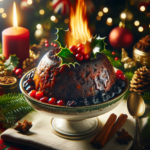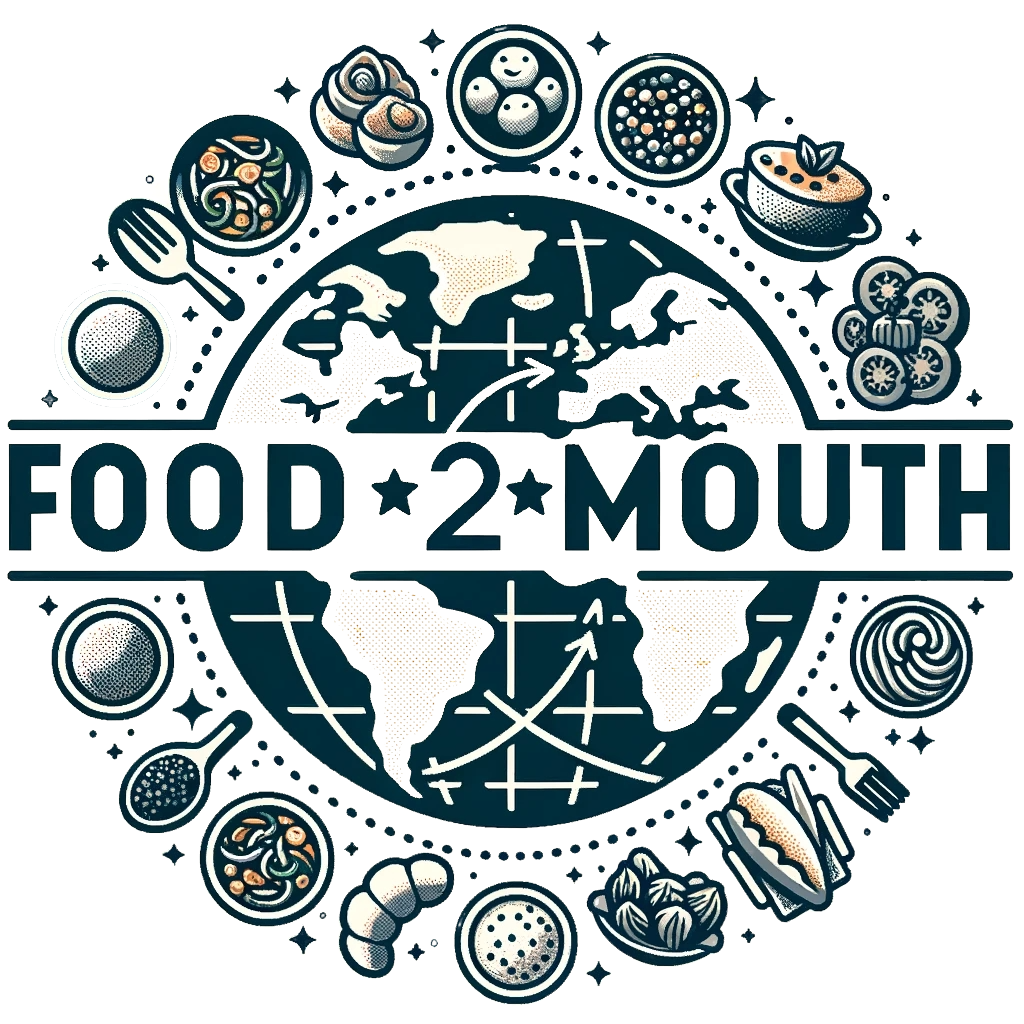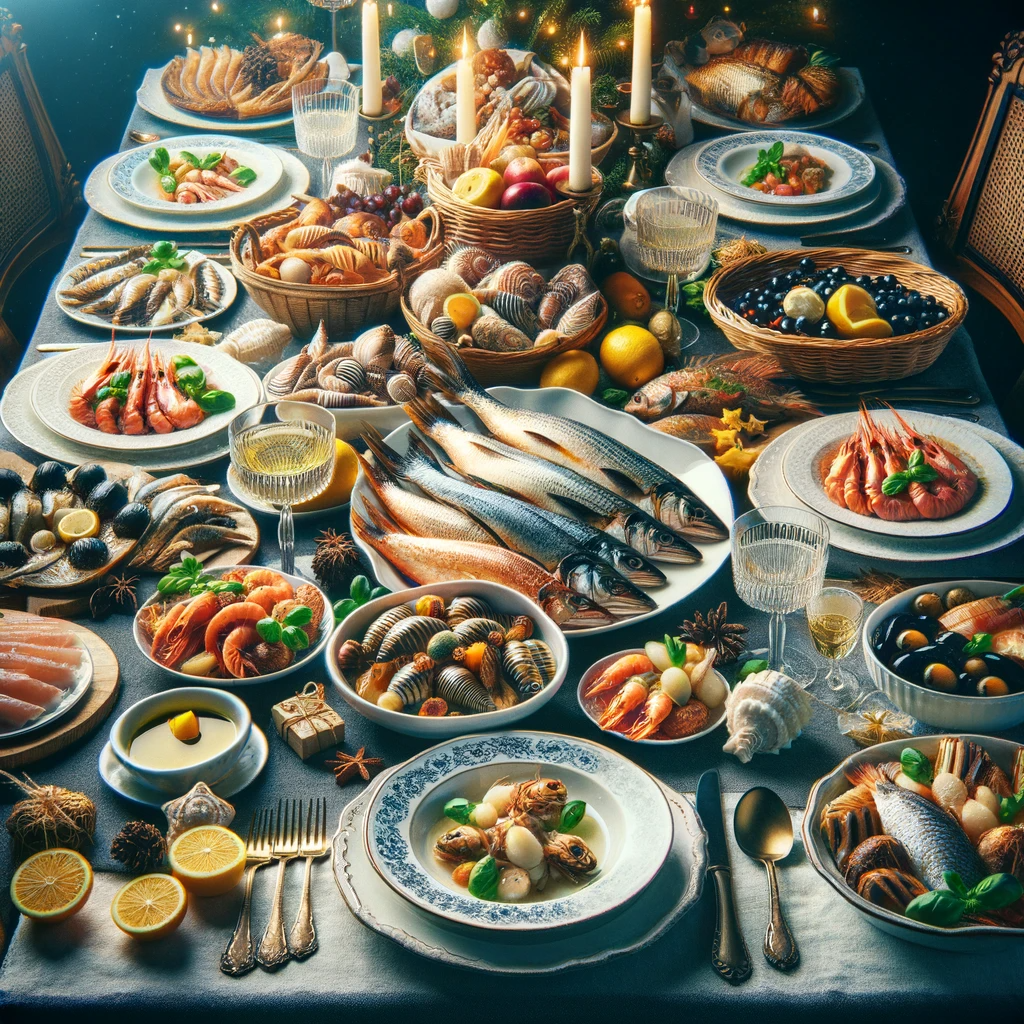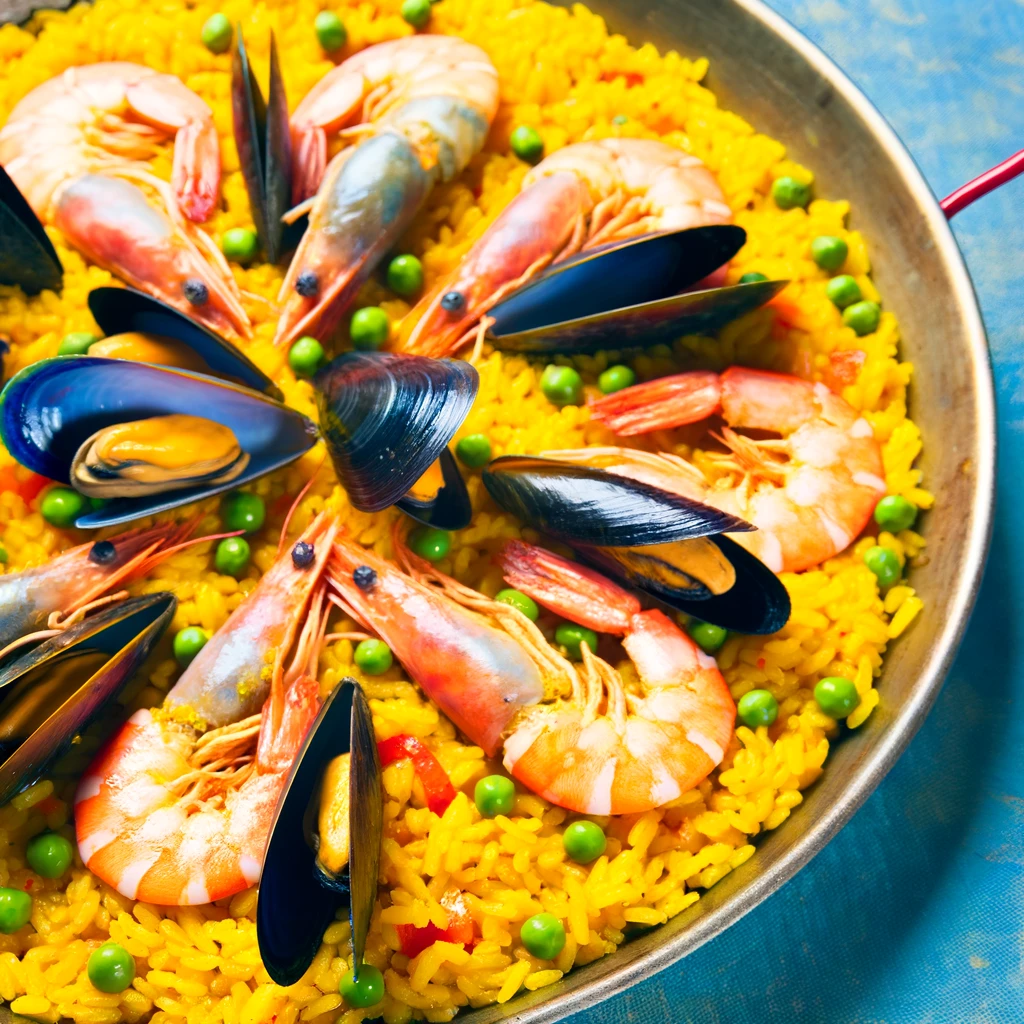Savouring the Festive Spirit Through Global Christmas Traditions
Christmas, a time of joy and celebration, is marked by unique and heartwarming traditions across the globe. Central to these festivities is the food, a vital aspect that brings to life the essence of the season. This article embarks on a culinary journey, exploring the diverse and rich Christmas traditions that vary from culture to culture. From the cozy warmth of a family dinner in snowy landscapes to vibrant feasts in sun-kissed regions, each tradition weaves a tale of history, community, and the unifying spirit of Christmas. Join us as we traverse continents, uncovering the delightful and varied ways in which Christmas is celebrated at tables around the world.

England: A Tale of Christmas Pudding
Christmas in England is incomplete without the traditional Christmas pudding. This dessert’s origins trace back to medieval England, evolving from a porridge-like dish called ‘frumenty’ to the rich, fruit-laden pudding we know today. Check some of the recipes.
Germany: The Sweet Aroma of Weihnachten
In Germany, Christmas is synonymous with the fragrance of baking. The famous Weihnachtsmarkt (Christmas markets) are filled with treats like Lebkuchen (gingerbread) and Stollen, a fruit bread laden with marzipan, showcasing Germany’s love for sweet, spiced holiday treats.
Italy: Feast of the Seven Fishes
Italy’s ‘Feast of the Seven Fishes’ is a Christmas Eve tradition, rooted in the Roman Catholic practice of abstaining from meat. This seafood feast features dishes like baccalà (salted cod) and frutti di mare (seafood), reflecting Italy’s rich coastal culinary heritage.
Mexico: The Vibrant Flavors of Navidad
In Mexico, Christmas is a time for vibrant flavours. During Las Posadas, the nine-day lead-up to Christmas, traditional dishes like tamales and pozole (a hearty soup) are often enjoyed.
Japan: A Modern Twist with KFC
Japan offers a unique take on Christmas dining. The tradition of eating KFC on Christmas Eve began in the 1970s, sparked by a successful marketing campaign. Since then, it has become a popular custom in Japan, showing how global brands can shape local traditions.
Australia: A Barbecue Christmas
In the Southern Hemisphere, Christmas falls during summer. Australians often celebrate with a Christmas barbecue, grilling seafood and meats, a twist to the traditional heavy, winter-centric Christmas dinner of the Northern Hemisphere.
Roast Suckling Pig in Peru
In Peru, families and chefs center the Christmas feast around a succulent roast suckling pig, known as ‘lechón.’ They often marinate this dish in traditional spices and slow-roast it to perfection, making it a symbol of celebration and family gatherings. Accompanied by sides like tamales and sweet potatoes, the Peruvian Christmas table is a testament to the country’s rich culinary heritage.
Smalahove in Norway
Christmas in Norway brings with it the unique tradition of eating ‘smalahove,’ a dish made from sheep’s head. Originally eaten by the less affluent, it has become a cherished part of the festive season. Served with rutabaga and potatoes, it’s a bold reminder of Norway’s history and resilience in the face of harsh winters.
Mämmi in Finland
Finland’s traditional Christmas dessert is ‘mämmi,’ a unique and ancient dish. Made from rye flour, molasses, and seasoned with powdered orange zest, mämmi is a testament to the simplicity and depth of Finnish cuisine. Often served with cream and sugar, it’s a cherished reminder of Christmases past.
Feasting in the Philippines
The Philippines celebrates Christmas with a grand feast called ‘Noche Buena,’ where the star is often ‘lechón,’ a whole roasted pig. This centerpiece is accompanied by a variety of sweet and savoury dishes, reflecting the Philippines’ rich cultural tapestry and love for celebration.
Puerto Rico’s Festive Fare
In Puerto Rico, Christmas is a time for ‘lechón asado,’ or roasted pig, often cooked on a spit and featuring crispy skin and tender meat. This main dish is accompanied by ‘arroz con gandules’ (rice with pigeon peas), ‘pasteles’ (similar to tamales), and ‘coquito,’ a coconut-based beverage, creating a festive and flavourful spread.
Russian Christmas Delicacies
Russia’s Christmas, celebrated in January, is marked by a feast known as ‘Holy Supper.’ The meal features ‘kutya,’ a sweet grain pudding, symbolizing hope and immortality. Other dishes include ‘borscht’ (beet soup), ‘pirozhki’ (stuffed pastries), and ‘pelmeni’ (dumplings), showcasing Russia’s rich culinary diversity.
The Evolution of Christmas Food around the world
This section delves into the dynamic history of Christmas food around the world, tracing their origins and how they have evolved over time. Christmas cuisine, rich in history and tradition, has been shaped by a tapestry of influences, including religious beliefs, cultural practices, and geographical factors.
Rooted in Ritual and Religion
Many Christmas dishes have their roots in ancient religious and ritualistic practices. For example, England’s Christmas pudding began as ‘frumenty,’ a 14th-century porridge. Over time, it evolved, symbolizing prosperity and hope.. In Italy, the ‘Feast of the Seven Fishes’ reflects the Roman Catholic tradition of abstaining from meat on the eve of a feast day.
Cultural Intersections and Adaptations
As cultures interacted through exploration and trade, Christmas food traditions began to absorb foreign influences. For instance, the German Stollen, a bread-like fruitcake, evolved over centuries. Bakers have gradually incorporated ingredients like marzipan and dried fruits, reflecting broader European culinary influences.
Geographical Influences
The local geography and climate have also played a crucial role in shaping Christmas cuisine. In warmer regions like Australia, Christmas often features barbecues with seafood and grilled meats. This contrasts starkly with the hearty, warm dishes common in colder European climates.
Modern Adaptations and Fusion
Chefs and home cooks around the world actively integrate international ingredients and recipes into traditional meals. Thus creating new dishes reflecting modern societies’ multicultural nature. This exploration into the evolution of Christmas cuisine underscores its fluidity and diversity. Interestingly, it reveals how culinary traditions continuously adapt and reinvent, yet still preserve their core essence and significance.
Conclusion: A World of Christmas Delights
Christmas food around the World varies deeply. From England’s rich pudding to Australia’s festive barbecues, Christmas traditions worldwide vary widely. These customs reflect the diverse cultures from which they originate. Each country’s festive cuisine tells a story of history, tradition, and the unifying joy of the holiday season.



